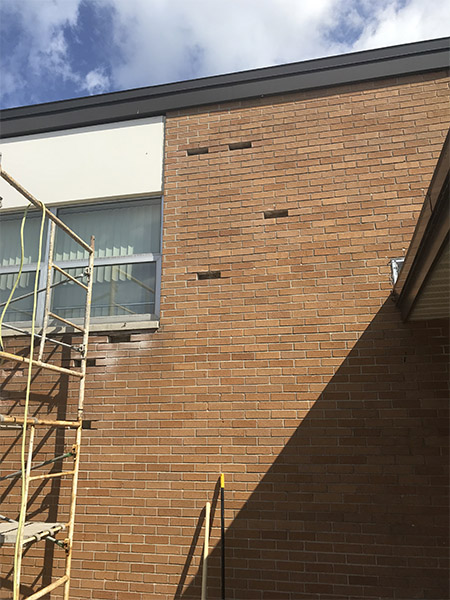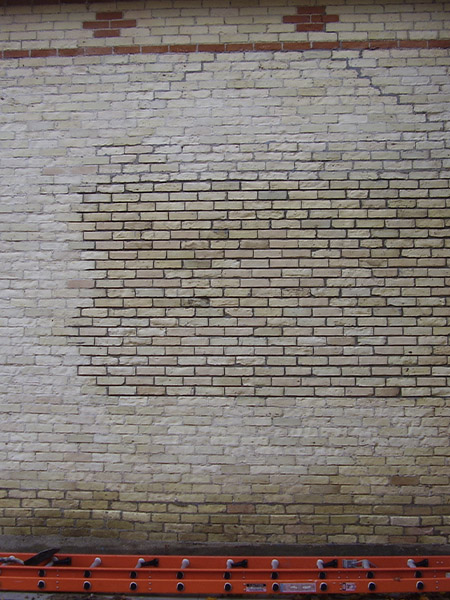Masonry Restoration
Services
As surfaces age they begin to deteriorate naturally. Aging causes both the building material itself and the mortar to become weak and deteriorate, crack and fail. Masonry restoration can improve the primary cause of building material deterioration.
D.C. Byers/Grand Rapids expertise includes the general restoration, cleaning and repair of brick, CMU, and stone.
If a city classifies a building as historical, DC Byers will contact the city or local ordinance and apply for permits. We can work with architects to better incorporate our repairs into the building’s design. Our services also include the rehabilitation of more complex or ornate architectural details such as terracotta, scagliola, and tile.
When water freezes and thaws, it expands and contracts, breaking and chipping the mortar in between the bricks and blocks of your existing masonry. Tuck pointing bricks and blocks is the process we use to fix damaged mortar joints.
After we’re on scene, we can determine which bricks or blocks are cracked, deteriorated, or failing. Once we begin the project, DC Byers will grind out old mortar from between bricks or blocks and install new mortar to make the wall tight and close to impermeable.
If we do come across broken bricks or blocks, then we will remove the failing material and replace it with bricks or blocks that match the existing surfaces. We often identify tuck pointing and replacement areas at the estimate stage.
Flashing is a piece of metal that allows water to fall away from a building instead of straight down your walls, getting into windows, and showing visible leaks. When leaks occur, we need to remove the existing masonry, examine the existing flashing, remove it, and install new flashing before replacing the masonry.
Many of our clients already have flashing installations, however, won’t know if the flashing fails until a leak happens. Any time water is coming in around a window, we recommend a flashing review.
Stone facades often appear on retaining walls, or as decoration around fireplaces, hearths and entryways. Our repair and installation process for stone applications is the same as our process for failing and cracking brick, albeit smaller in scale, on average.
The terracotta material–a glazed clay building unit–is a lot less forgiving than brick, block, or stone. Its brittle nature needs a professional touch, as it’s more prevalent in older, historic buildings. If your terracotta needs to be repaired or replaced, we apply special terracotta patching compounds and repair materials.
After repairing or tuck pointing a building, it’s vital to use a sealer–a clear, penetrating, water repellant–to penetrate the brick prevent water from seeping through. Repairing mortar damage, replacing deteriorating brick, and adding a sealer is a triple protection from future damage.
This spray-on material won’t change the appearance of your existing bricks or blocks, and it doesn’t stain adjacent surfaces or building components.


